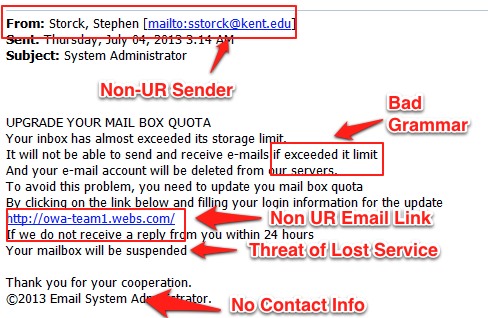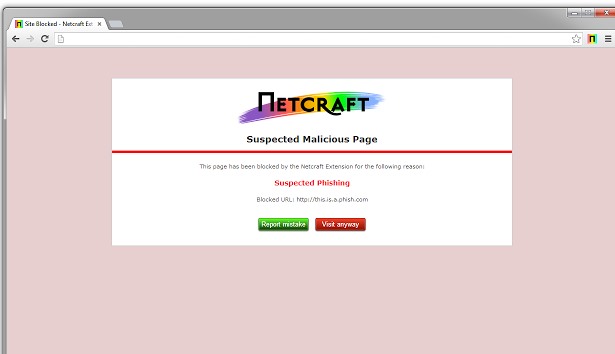Moreover, today many beginners learn to hack and start testing their skills on users who don’t know anything about it. And many non-technical users get caught in these attacks, and their sensitive data are leaked to the hackers. Today the most common hacking attack is the phishing attack. This attack mostly proceeds through emails and social media networks by sending the link of the phishing page to the target user. Many of our users were asking for a guide to recognizing these links; hence, we came up with this guide.
What Phishing Attack Actually Is?
Phishing attacks are a type of hacking attempt in which an attacker sends a link that opens an exactly similar-looking page of a site whose account or details criminals want to hack. If someone wants to Hack Facebook Account, they will send you a link that will look accurately like Facebook, and when you log in with that link, your ID and password will automatically be transferred to attackers. So read out the measure to protect yourself from these phishing attacks.
Steps To Recognize Phishing Emails and Pages To Stay Protected
Here we have discussed the various methods by which you can easily identify phishing links and emails. So read out the complete guide and stay protected.
Identifying Phishing Email
First of all main source of the phishing link are the emails, and the emails you will get will be named from any of your trusted sites or service, but don’t get tricked by that. And for that below points will be beneficial.
Check the Sender Email Address: First, you must explore the email details to stay secure. Check the sender’s email address, and if you find any difference from the official address, don’t proceed with that email address. Hackers can make slight changes to the email address and try to make the fake email look as original and legitimate as possible. For example, the tweaked address may look like: “[email protected],” which will be “[email protected]”. Check Misspelling and Grammar Mistakes: Most newbies and inexperienced hackers make these mistakes. Even if they manage to create an original type landing page along with an email address, they will still make some small spelling mistakes in the email content. The target here is to check each word in the email content carefully. If you find any grammatical or spelling mistakes, cross-check the email with the officials before taking further steps. Figure Out Scammy and Forcing Language: If email content is forcing you with the language to get your details or the popup asking you to log in, that must be a phishing attack, and you must be aware of that. Don’t Open Emails Of Spam Folder: By default, email services separate the spam content in the spam folder, so it’s better to stay away from all the emails that you find in the spam folder. Avoid Clicking Phishing Ads: Sometime, on spam sites, you will get some spam ads that can be phishing ads and can cost you a lot, So better to be aware of these ads.
Identifying Phishing Websites
Here we have a great extension that you can add to your browser, and your browser will automatically detect the phishing page and will alert you. The Netcraft Extension allows easy lookup of information relating to the sites you visit and protects from Phishing. • Detailed site reports – Simply click the Netcraft logo to access a wealth of information about the sites you visit, helping you to make informed choices about their integrity. • Risk Ratings – This evaluates the site’s characteristics and compares these against those depicted by fraudulent sites. The result is a simple visual summary displayed on the site report. • Protection against phishing sites – The Netcraft anti-phishing community is effectively a giant neighborhood watch scheme, empowering the most alert and expert members to defend everyone within the community. As soon as the first recipients of a phishing mail report it, we can block it for all users of the extension, providing additional protection from Phishing. • Protection against cross-site scripting (XSS) – The extension optionally traps XSS and other suspicious URLs which contain characters with no purpose other than to deceive. • Conveniently report suspected phishing & fraudulent sites – At the click of a button, you can report suspected web forgeries to Netcraft, helping to protect the community. • Heartbleed indicator – Check if sites are still using an SSL certificate that was potentially compromised by Heartbleed. The extension uses Netcraft’s SSL Survey data to determine whether a site offered the heartbeat TLS Extension prior to the Heartbleed disclosure. If this is the case, the extension will also check to see if the site’s SSL certificate has been replaced; if it has not, the site is considered unsafe, as the certificate’s private key could have been compromised.
Download Netcraft Extension
Google Chrome Mozilla Firefox Opera
So the above discussion is all about recognizing phishing emails. Remember what we discussed in this article, and you can protect yourself from phishing attacks. I hope you like this, do share with others too. Leave a comment below if you have any related queries about this.




